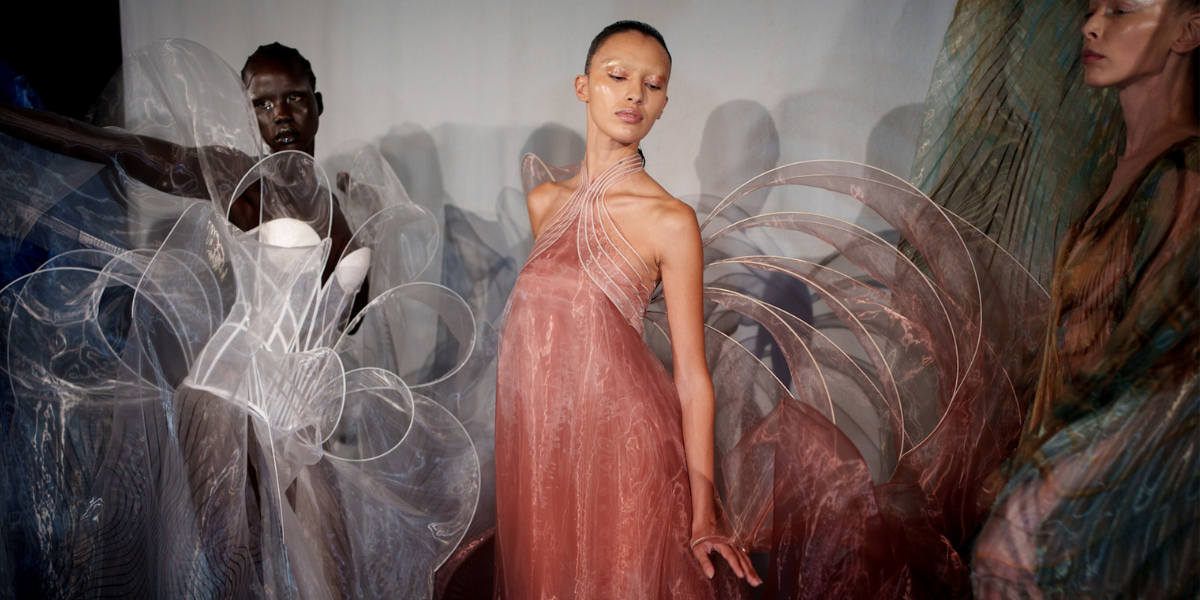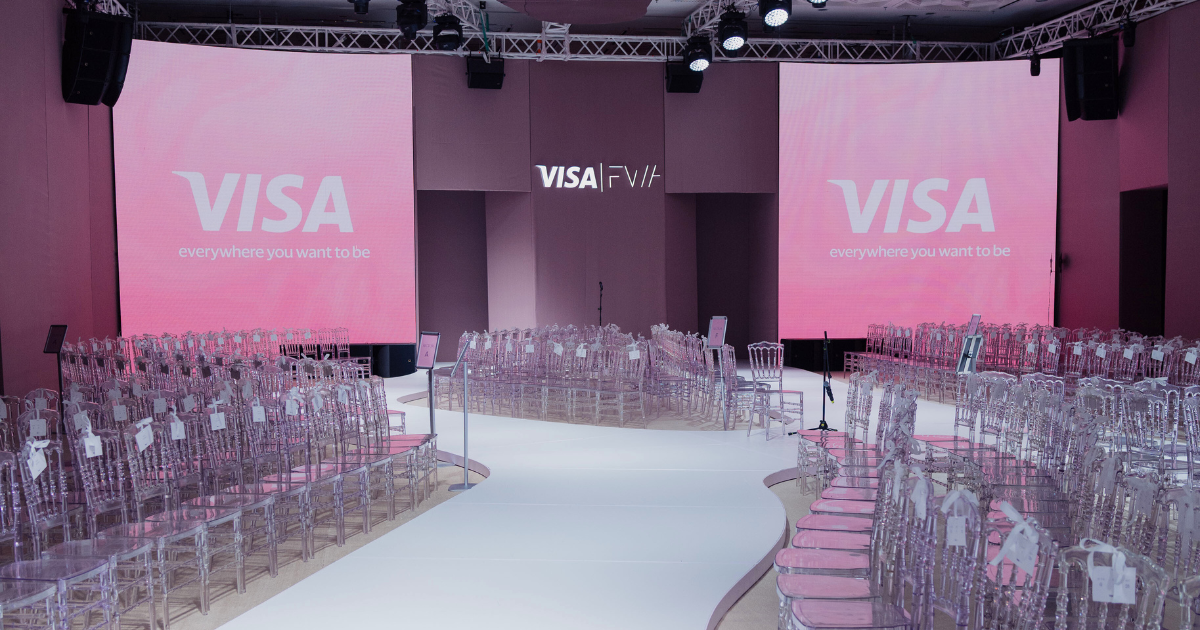Haute Couture: Timeless Luxury
What is haute couture, why does it cost millions, and who are its most loyal clients?

Haute couture is the pinnacle of fashion – its altar. Here, everything follows different rules: garments aren’t mass-produced, they don’t appear in retail, and they certainly never go on seasonal sale. They are born in the silence of ateliers – to the soft rustle of needles, among rolls of organza, in the hands of artisans whose craft has been passed down through generations. Each piece tells an individual story, tailored not just to a body, but to a soul. It doesn’t resemble a silhouette – it creates a new one.
The laws of Haute Couture
Haute couture was born in Paris, and from the very beginning, it was considered art. When Charles Frederick Worth opened the first fashion house on Rue de la Paix in 1858, he revolutionized the idea of fashion: no longer did the dressmaker merely respond to client requests – he created, and the public chose. Thus began the era of couture, complete with seasonal collections, runway shows, house mannequins, luxurious fabrics, and full creative authorship. In 1868, the Chambre Syndicale de la Haute Couture was established to protect this new system, defining who could call themselves a couture house, how collections should be presented, and how designs were to be safeguarded. After WWII, France established these definitions in law: since 1945, the term haute couture has been legally protected.
This is a world with restricted access, and entry must be earned. To be recognized as a true couture house, it’s not enough to sew beautifully – a fashion house must have a Paris-based atelier, staffed with at least 15 full-time artisans and 20 technical workers, and must present two collections per year – in January and July – featuring at least 50 original looks, with over 70% of the work completed by hand.
That’s why haute couture status is far more than a title – it is a reflection of the immense labor and mastery behind each garment.
The price of perfection
What does a hand-sewn dream cost? Behind each gown lie not only the most elite materials, but hundreds, sometimes thousands, of hours of work by hand. There are no shortcuts: from first sketch to final button, every element is crafted with pinpoint accuracy. Entire teams of artisans are assigned to a single gown: at Chanel, for instance, a single dress may involve a minimum of four specialists. A deceptively simple design may require at least 150 hours, while a fully embellished gown, covered in crystals or feathers, may take 1,000, 1,600, or even 6,000 hours to complete.
French silk, organza, rare lace, natural pearls, hand-set stones, feathers, and fabrics custom-woven on request. Couture houses work with France’s finest artisan ateliers: Lesage (embroidery), Lemarié (feathers), Maison Michel (millinery), Massaro (footwear). This is a sophisticated ecosystem of artistry, where every detail carries a name, a legacy, and a price.
And beyond the materials and labor, couture remains a world of radical personalization. Fittings are mandatory – from two to ten, depending on complexity. Regular clients have custom mannequins made to their exact measurements, allowing fittings to take place even in their absence.
That is why haute couture comes without a fixed price tag. Everything is calculated individually. A minimalist couture look may start at €10,000–15,000, while an evening gown will range between $100,000–300,000. The upper limit can easily be over a million dollars!
The fortunate owners of Haute Couture
Who can afford to wear a dress that is, quite literally, a work of art? Today, haute couture is less about wealth than about access. Few can afford a million-dollar gown, and even fewer can understand its true value. Couture’s audience is a private circle: royalty, heiresses, collectors who commission pieces not to wear, but to preserve as art.
Outside private orders, haute couture lives on the red carpet: Cannes, the Met Gala, the Oscars. Stars in couture mark moments of visual culmination. While these pieces are often loaned by fashion houses, for some actresses and musicians, haute couture has become a personal statement, for concerts, weddings, or any moment where one must be truly unforgettable.
In the end, couture is about belonging. A way to say to the world: I have what no one else in the world does – literally.
The elite of Haute Couture
Today, haute couture rests on the shoulders of a select few fashion houses – those that have preserved the right to bear the title of haute couture. This exclusive circle includes around 16 official maisons accredited by the Fédération de la Haute Couture et de la Mode. Among them are legendary names like Chanel, Christian Dior, Givenchy, and the revived Schiaparelli, as well as several younger brands that meet the same exacting standards.
This is not just the fashion elite – these are the dream-weavers, crafting without haste, with devotion. Outside of France, only a handful of guest members are permitted to present couture collections – among them: Valentino, Elie Saab, Fendi, Armani Privé, and Atelier Versace. They are the guardians of a tradition where the point is not seasonal trend, but eternal artistry.


